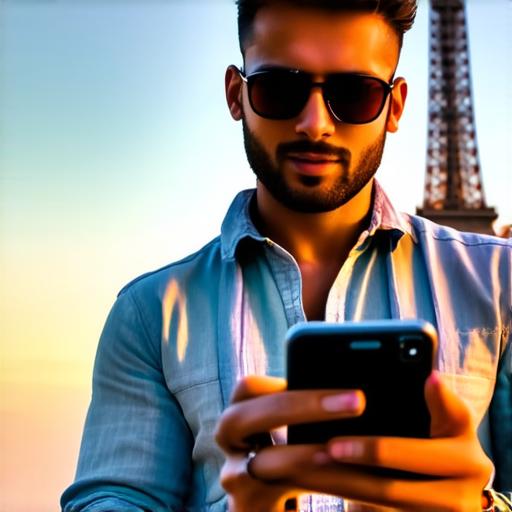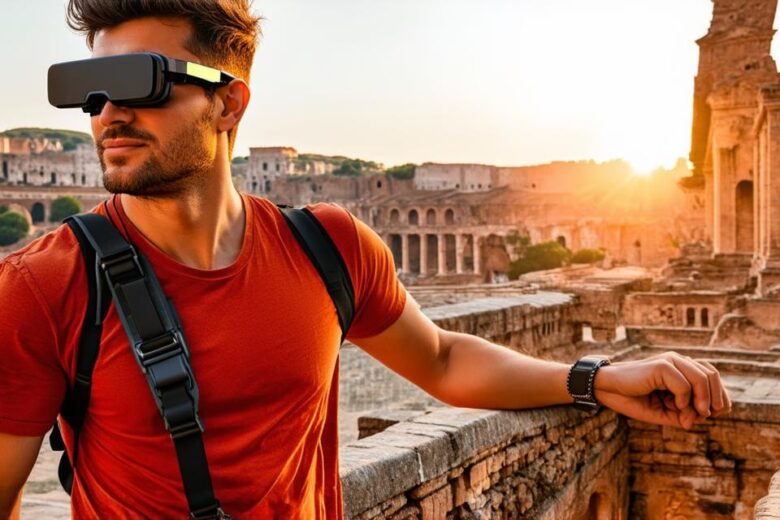
Augmented reality (AR) is a rapidly growing technology that has the potential to revolutionize many industries, including tourism. AR allows users to enhance their real-world environment with digital information and interactive experiences, making it an ideal tool for enhancing travel experiences.
One of the most significant applications of AR in tourism is in providing visitors with immersive, interactive experiences. For example, AR-powered museum exhibits allow visitors to explore artifacts and historical objects in a more engaging way. By using AR, users can learn more about the history and significance of these items while also experiencing them in a more visceral way.
Another area where AR is being used in tourism is in city exploration. AR apps like Layar and Metaverse allow users to explore cities by overlaying digital information onto the real world. For example, a user could use their smartphone to see 3D models of buildings and landmarks as they walk through the city. This type of AR experience can help visitors get a better sense of the layout and architecture of a city, making it easier for them to navigate and explore.
AR is also being used in travel planning and booking. For example, an AR app called Iguazu could be used to help visitors plan their trip to the Iguazu Falls. The app would use AR to overlay digital information about the falls, including historical facts, photos, and maps. Users could then use this information to plan their visit, book accommodations, and get directions to the falls.
In addition to enhancing travel experiences, AR is also being used to improve safety and accessibility in the tourism industry. For example, AR-powered tours can provide visitors with real-time information about hazards and potential dangers in the area. This can help visitors stay safe while exploring new places. AR can also be used to create more accessible experiences for people with disabilities. For example, an AR app called Guide by Inclusion could be used to help visually impaired visitors navigate a museum or art gallery.
Overall, the potential applications of AR in tourism are vast and varied. By providing immersive, interactive experiences and improving safety and accessibility, AR has the potential to transform the way people travel and explore new places. As AR technology continues to evolve, we can expect to see even more innovative uses of this technology in the tourism industry in the future.
